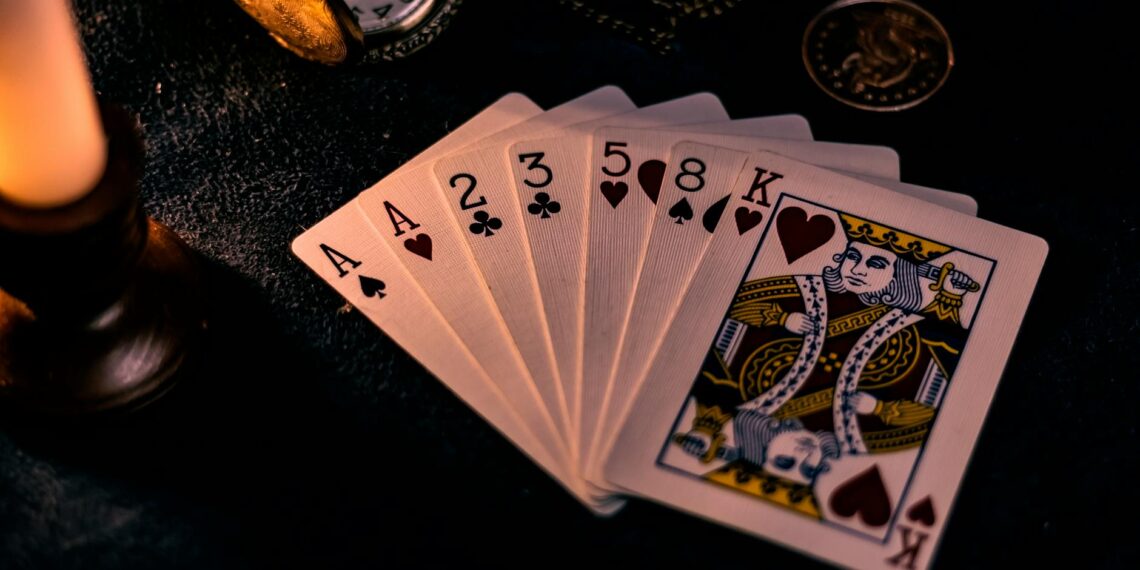A “First Strike” coin is a term used by third-party coin grading services, like the Professional Coin Grading Service (PCGS), to designate coins received for grading within a specific timeframe following their initial release by the U.S. Mint.
In essence, it signifies that these coins were among the early releases of a particular mintage, not necessarily the very first coins struck.
It’s important to understand a few key aspects about the First Strike designation:
- Marketing term: The term “First Strike” is largely a marketing tool employed by the coin grading services to add appeal and potentially increase the value of coins deemed to be early releases.
- No U.S. Mint Designation: The U.S. Mint does not officially designate coins as “First Strike” and doesn’t track the order of production or shipping for individual coins.
- Grading Service Criteria: While there’s no single industry-wide definition, PCGS typically considers coins received within 30 days of the Mint’s release as “First Strike”. Numismatic Guaranty Corporation (NGC), another major grading service, uses similar designations like “Early Releases” or “First Releases,” which are often used interchangeably with “First Strike”. For NGC, coins must have been shipped within the first month of release to qualify.
- Appeal to Collectors: Some collectors are drawn to First Strike coins due to the perceived prestige of owning coins from the initial production period. They might also associate these coins with a higher probability of sharper details because the dies were new at the time of striking.
- Potential for Premium Value: While not guaranteed, First Strike coins can sometimes command a higher price in the market compared to standard coins, especially if they achieve high grades like MS-69 or MS-70 (on the 70-point Sheldon scale).
In conclusion, “First Strike” coins are coins that have been certified by a grading service as being among the first delivered or received for grading after the official release, adding a layer of collectibility and potential premium value for some enthusiasts.









Are first strike coins more valuable?
From my experience, Investors and collectors value Silver Eagles for their silver content, historical significance, and aesthetic appeal. Among the various Silver Eagle classifications is the coveted “First Strike” designation, which can be more valuable because of its higher demand.
What does First Strike mean on a coin?
Good point! We are often asked what does First Strike and/or Early Releases mean on PCGS and NGC coins. PCGS uses the First Strike term and this applies to coins delivered to be graded in the first 30 days of issue, noting that the coins were made at least in the first 30 days of the issue date.
How to identify First Strike coin?
Good point! First Strike coins usually receive one of two top grades: MS-69 or MS-70 (PR-69 and PR-70 for graded proof coins). Coin grading services rely on the 70-point, internationally accepted Sheldon Coin Grading Scale. The Sheldon Scale ranges from 1 to 70, and the final score indicates a coin’s condition and quality.
What is First Strike good for?
From my experience, First strike is an evergreen keyword ability that changes the rules for combat by adding an additional combat damage step.